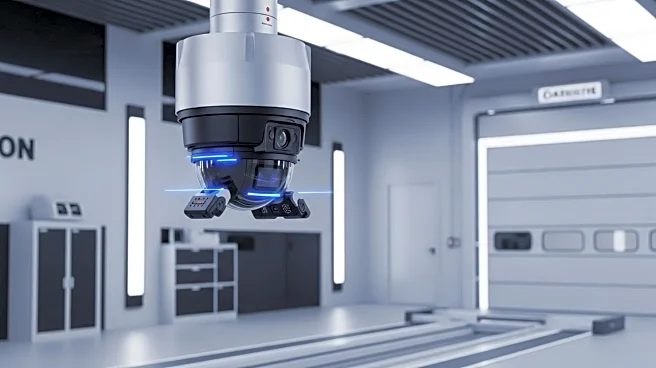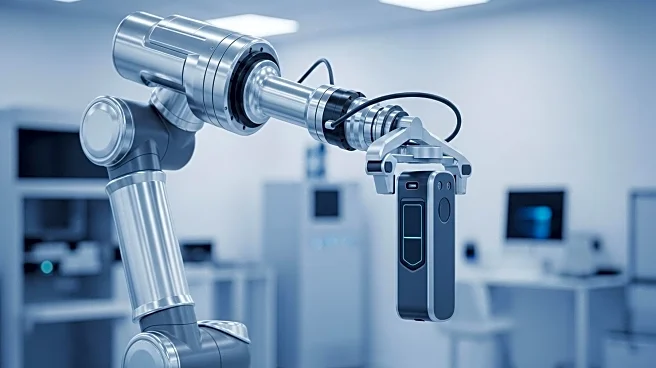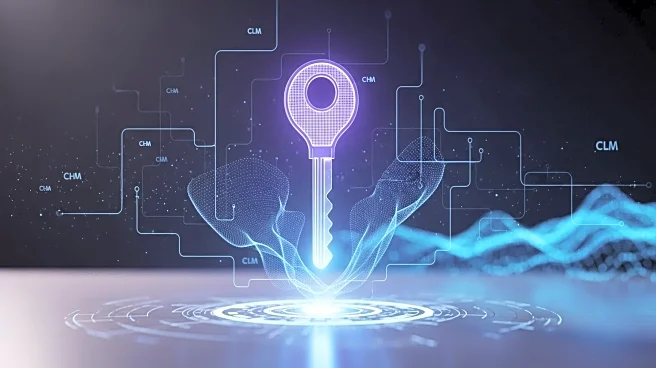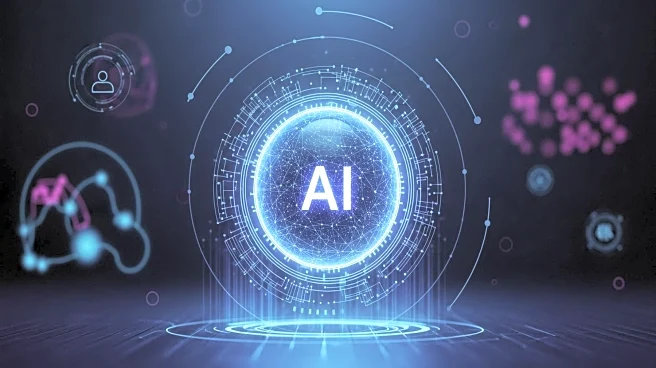What is the story about?
What's Happening?
The Driver and Vehicle Standards Agency (DVSA) is employing artificial intelligence and connected data from testing stations to increase prosecutions of corrupt car testers. The agency reports a rise in successful prosecutions for malpractice, with numbers increasing from 20 in 2021-22 to 32 in 2024-25. DVSA is using advanced detection methods, including automatic number-plate recognition cameras and a trial requiring photos of vehicles at MOTs, to identify fraudulent activities.
Why It's Important?
The use of technology by DVSA to combat MOT fraud represents a significant advancement in regulatory enforcement. This approach could enhance the integrity of vehicle testing, ensuring road safety and protecting consumers from fraudulent practices. The increase in prosecutions may deter malpractice, benefiting legitimate testers and businesses. The technological methods employed could serve as a model for other regulatory agencies seeking to improve compliance and enforcement.
What's Next?
DVSA is expected to continue developing its technological capabilities to further enhance compliance and enforcement. The agency's efforts may lead to more sophisticated detection methods, potentially influencing industry standards and practices. Stakeholders, including MOT testers and vehicle owners, may experience changes in testing procedures and increased scrutiny, prompting adjustments in business operations and consumer expectations.
Beyond the Headlines
The integration of technology in regulatory enforcement raises questions about privacy and data security. The use of AI and connected data may lead to discussions about ethical considerations and the balance between effective enforcement and individual rights. Long-term, this approach could influence broader regulatory practices and the role of technology in governance.
AI Generated Content
Do you find this article useful?














